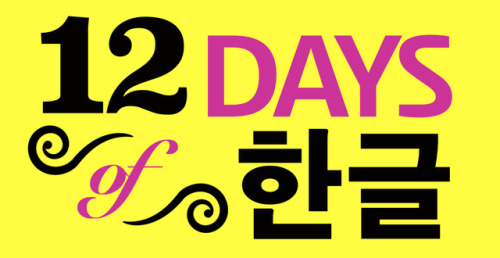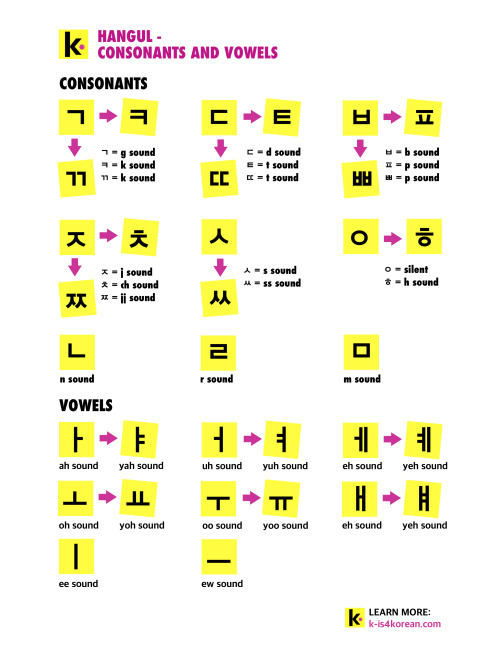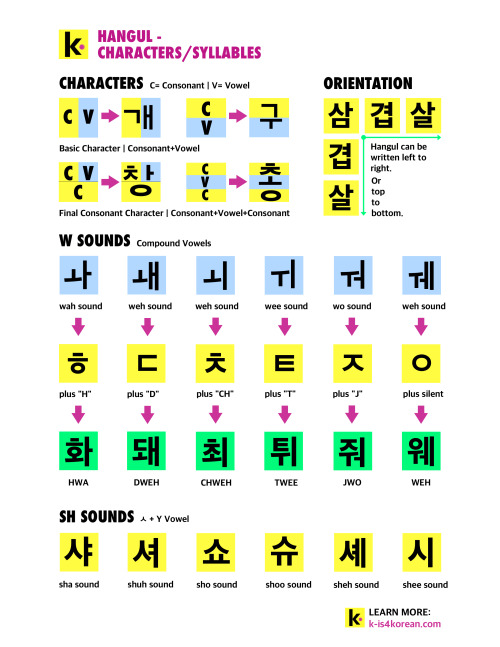#consonants
Grimm’s Law (also called the First Germanic Sound Shift) refers to changes which affected the stop consonants in what became the Germanic subgroup of the Indo-European language family (Proto-Germanic being the ancestor of all Germanic languages, i.e. Gothic, German, Yiddish, Swedish, Icelandic, Dutch, Afrikaans, Old English, English etc.). There are in fact three series of changes which changed some aspect of the articulation of the IE stop consonants whilst retaining the same number of distinctions (number of phonemes).
Law A: IE /p t k/ > Gmc /f θ x/
Law B: IE /b d g/ > Gmc /p t k/
Law C: IE /bh dh gh/ > Gmc /β ð γ/ (which later became /b d g/)
Exactly when this happened is not known but we can at least work when the Laws may have taken effect relative to each other, e.g. Law A cannot have happened after Law B because otherwise we would expect IE /b d g/ to show up as /f θ x/ in Germanic.
For example:
Latinpater > Englishfather, German Vater(German orthographic <v> is pronounced /f/)
Greektri > English three
Latincord- > English heart (English /h/ descends from earlier /x/)
Sanskritbhratar > English brother, German Bruder
These are standard but selective examples. Standard in the sense that you’ll find them in text books; selective in that we cannot simply look at one language and expect it to faithfully represent changes which happened hundreds of years ago. Latin, Greek and Sanskrit have undergone changes since Proto-Indo-European and English and German have undergone changes since Proto-Germanic. Modern German shows evidence of a Second Germanic Sound Shift which changed the Germanic stop consonants again! English did not undergo this change as it had already separated from the language that was to become German (compare threeanddrei,daughterandTochteretc.).
12 DAYS OF HANGUL ~ MASTERPOST
Are you beginning to learn Korean? Then you need to learn Hangul! It’s the ingenious Korean alphabet system. Click on the lessons below to get started and learn how to master a new script.
HANGUL LESSONS
[Day 1 ~ Consonants]
Learn the 14 consonants and their sounds.
[Day 2 ~ Vowels]
Learn the 8 Korean vowels and their sounds.
[Day 3 ~ Double Consonants]
5 more consonants to learn.
[Day 4 ~ Y Vowels]
6 unique vowels to round out the alphabet.
[Day 5 ~ Characters]
How to create Korean characters/syllables.
[Day 6 ~ W Sound]
How to form the W sound in Korean.
[Day 7 ~ Sh Sound]
How to form the Sh sound in Korean.
[Day 8 ~ Orientation]
Learn two ways to write with Hangul.
[Day 9 ~ Batchims]
How to read final consonants in syllable blocks.
[Day 10 ~ Linking Sounds]
Linking batchim sounds with proceeding vowels.
[Day 11 ~ English]
How to write English words using Hangul.
[Day 12 ~ Review]
Test your knowledge with this short review.HANGUL DOWNLOADS
[Alphabet PDF]
All the Consonants and Vowels.
[Characters PDF]
How to form characters, Ws, and Shs.
[Advanced PDF]
Batchims, Linking Sounds and English.
Post link






